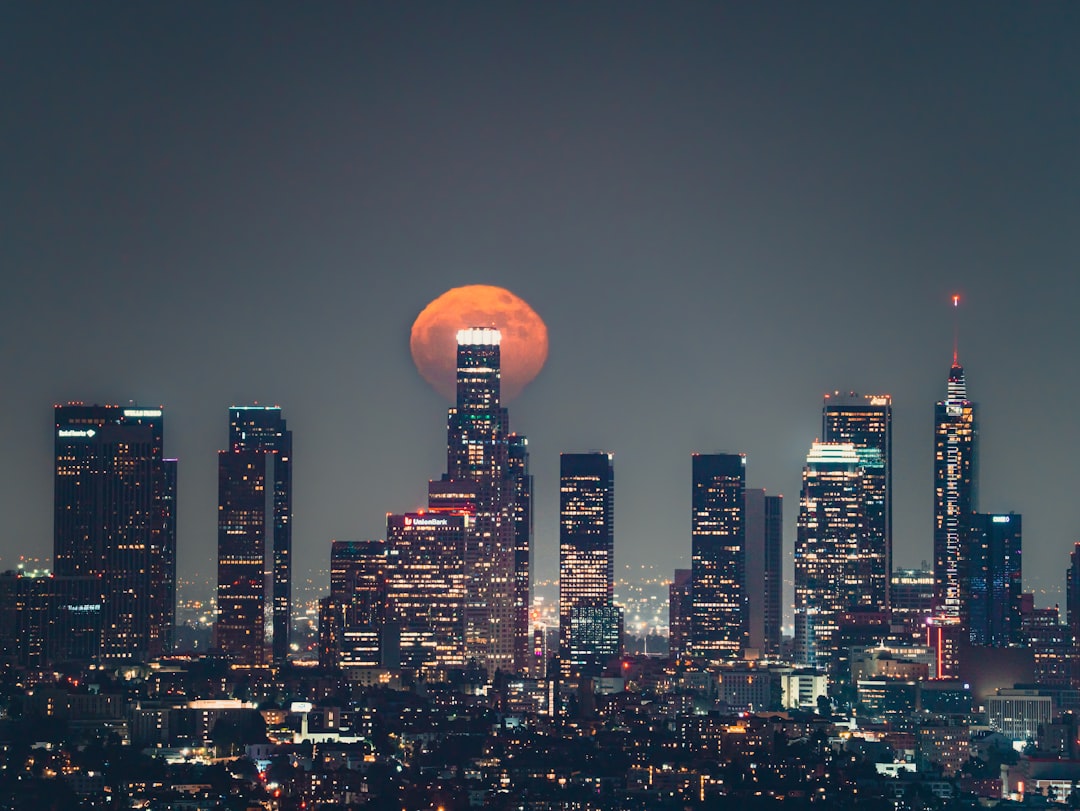All Nonfiction
- Bullying
- Books
- Academic
- Author Interviews
- Celebrity interviews
- College Articles
- College Essays
- Educator of the Year
- Heroes
- Interviews
- Memoir
- Personal Experience
- Sports
- Travel & Culture
All Opinions
- Bullying
- Current Events / Politics
- Discrimination
- Drugs / Alcohol / Smoking
- Entertainment / Celebrities
- Environment
- Love / Relationships
- Movies / Music / TV
- Pop Culture / Trends
- School / College
- Social Issues / Civics
- Spirituality / Religion
- Sports / Hobbies
All Hot Topics
- Bullying
- Community Service
- Environment
- Health
- Letters to the Editor
- Pride & Prejudice
- What Matters
- Back
Summer Guide
- Program Links
- Program Reviews
- Back
College Guide
- College Links
- College Reviews
- College Essays
- College Articles
- Back
Faded in the City: Raising Awareness of Migrant Workers’ Plight
“Guys like us, that work on ranches, are the loneliest guys in the world. They got no family. They don’t belong no place.” When Steinbeck wrote this line for the character George in his 1930s novel Of Mice and Men, he might not have expected that nearly 90 years later, the migrant workers would still face appalling injustice.
In the U.S., 24 conspirators in the South were charged with modern-day slavery in 2021 for they smuggled workers from Central American countries and forced them to work on farms. However, such abuse keeps happening even after the trial for the lack of labor law enforcement.
The marginalization and exploitation of migrant workers are happening not only in the U.S. but also on a global level. According to the International Labour Organization, the number of fatal occupational injuries was higher among migrants than native-born workers in 73 percent of the countries with available data up till 2021.
While some migrant workers are legally documented, in practice, most contractors don’t buy insurance plans for them. In a 2017 study of deaths of Nepali workers, only 2 deaths received full compensation out of 283 legally registered workers.
In Singapore, migrant workers are forced to live in crowded dormitories during the pandemic. Although 90 percent of them are fully vaccinated, they are still facing the danger of exposure and infection. The inhumane quarantine has triggered their distress about the society's indifference towards them, as reflected in the increasing suicide rate.
In China, some migrant workers have to sleep under the bridges, or else they can’t have any savings. They also continue to work even when injured because if they ask for compensation, they risk termination. Moreover, the poor enforcement of child labor laws induces the vicious circle that migrant workers’ children ultimately become another generation of migrant workers.
My cousin moved to Guangzhou at 16 to work on construction sites. The last time I saw him, he was in jail. He told me that life in the city was devastating. He was either invisible or looked down upon. When he was injured on the site, he wasn’t treated in time, but he didn’t have the money to sue his contractor, either. He felt lonely, vacuous, and lost. Addicted to gambling, he became mentally depressed. One night, in extreme desperation, he stabbed a random girl on the street.
It must be emphasized that crimes for any reason should be prohibited. Nonetheless, to better eliminate such cases, it is also essential to recognize the unjust conditions that trap countless migrant workers. Before making judgments, let’s first call for a society that gives everyone a chance to be seen and heard, to work and live safely.
Similar Articles
JOIN THE DISCUSSION
This article has 0 comments.


Works Cited
Jin Yu Young. “In lockdown for 18 months, Singapore’s migrant workers yearn for freedom.” The New York Times, Sept. 29, 2021.
Javier C. Hernández. “Coronavirus Lockdowns Torment an Army of Poor Migrant Workers in China.” The New York Times, Feb. 23, 2020
Noha Aboueldahab. “Social protection, not just legal protection: Migrant laborers in the Gulf.” BROOKINGS, August 23, 2021
Tara Brian. “Occupational Fatalities Among International Migrant Workers.” International Organization for Migration, 2021
John Steinbeck. “Of Mice and Men.” Penguin Classics, 1937
Michael Sainato. “ ‘A lot of abuse for little pay’: how US farming profits from exploitation and brutality.” The Guardian, 25 Dec 2021